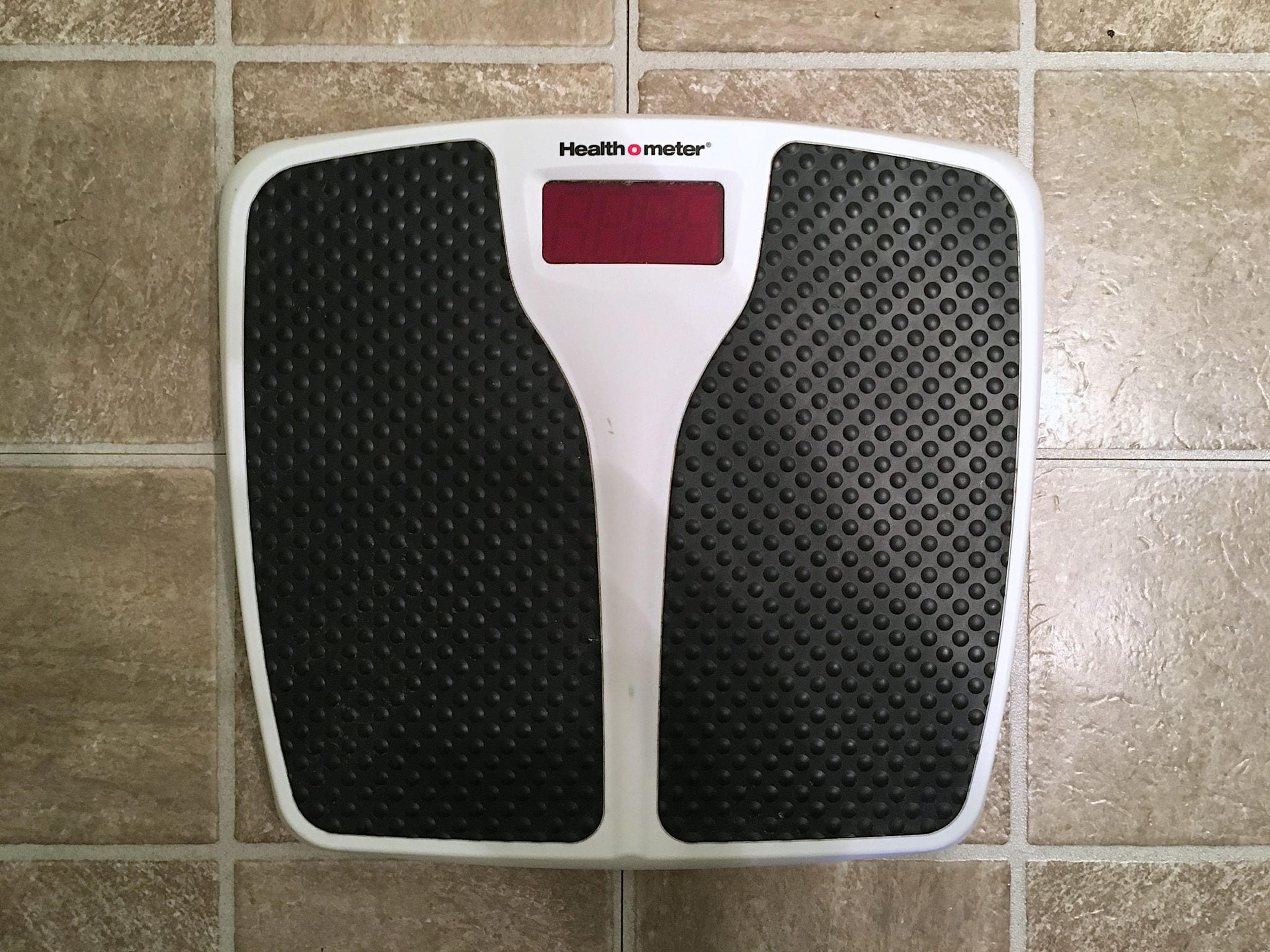Michigan’s Health Risk Factors: Obesity on the Rise, Smoking Rates Declining
Julie Bitely
| 3 min read

When it comes to their health, Michiganders could do better when it comes to key risk factors such as their weight and rates of smoking. The health care system also has room for improvement when it comes to helping state residents fully access care. Those were key points from the 2018 Health Check, an annual report published by Grand Valley State University (GVSU), and members of a panel discussing health trends. Blue Cross Blue Shield of Michigan and Blue Care Network provided grant funding and average cost data for the report, which was presented at GVSU’s Eberhard Center on Friday, Jan. 12. Kevin Callison, assistant professor in the department of global health management and policy at the School of Public Health and Tropical Medicine at Tulane University, and Leslie Muller, assistant professor of economics at GVSU’s Seidman College of Business, presented the findings of the report. A panel discussion focused on trends in West Michigan health care followed, featuring Dr. Peter Hahn, chief medical officer, Metro Health/University of Michigan Health; Earle (Win) Irwin, chair of the board of directors, Irwin Seating Holding Company; and Nick Lyon, director, Michigan Department of Health and Human Services. When it comes to health risk factors, the report showed mixed trends:
- Heavy drinking has remained relatively stable from 2011 to 2016 with approximately seven percent of the population classified as heavy drinkers, which is defined as the proportion of adults in the state who reported consuming an average of more than two alcoholic drinks per day for men or more than one per day for women.
- Smoking has steadily declined since 2011, when 23.3 percent of the adult population smoked. In 2016, that number fell to 20.4 percent. While significant, the number of smokers in Michigan is still higher than the national average of 15.1 percent. “There’s some work to be done there in terms of addressing risk factors in terms of higher health care expenditures,” Callison said.
- Obesity is on the rise, with approximately one-third of the state’s population considered to be obese. Including those considered overweight, 65 percent of adults in Michigan meet the definition of being either overweight or obese. Recent studies place the health care costs associated with obesity at between 10 percent and 20 percent of total U.S. health-related spending.
As a result of the Affordable Care Act and the resulting Healthy Michigan expansion of the state’s Medicaid program, the number of Michiganders with no health insurance has dropped drastically since 2011. Uninsured rates in the state fell from 17.4 percent in 2013 to 12.7 percent in 2014 and have continued to decline to a historic low of 9.9 percent in 2016. However, nearly 13 percent of adults in Michigan report a lack of access to physician care due to concerns over cost and 27 percent go without an annual, routine checkup. Lyon said more than 650,000 people have enrolled in the Healthy Michigan expansion. He said 60 percent have visited a primary care physician and 70 percent have made contact with a primary care provider before seeking treatment at the emergency department, which has the highest cost in terms of care. Access to preventive care helps people treat chronic conditions such as diabetes before they require more urgent, drastic care. “(These are) life-impacting services for people who need it,” Lyon said. Hahn said providers have a lot of opportunity to improve health outcomes by looking at social determinants of health that sometimes get in the way of care delivery. “I think that’s an area that not only as a health system but as a community we have a lot of opportunity to address,” he said. If you enjoyed this post, you might also like:
Photo credit: Alan Levine





